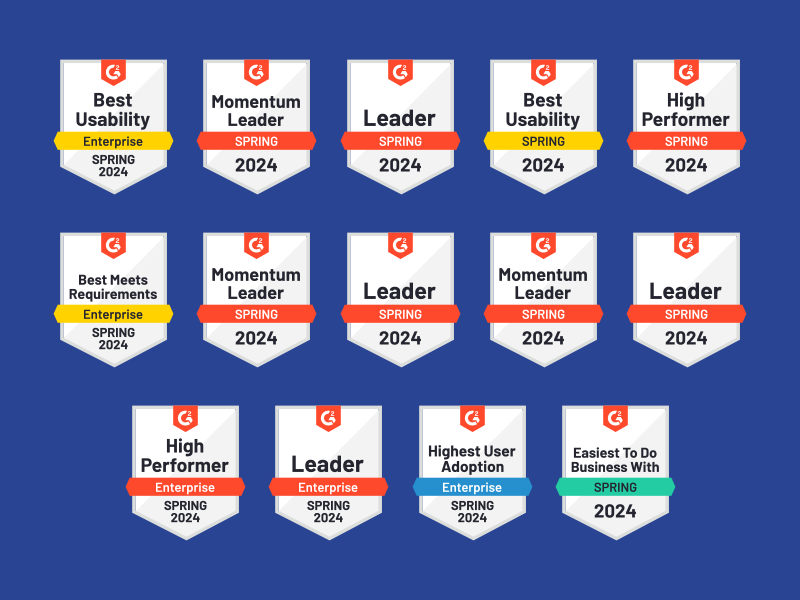Your business went remote, but workplace complaints didn’t just go away.
In fact, employees are more aware of their rights today than ever before, thanks to evolving laws, increased focus on racial justice and employee empowerment movements.
And, working from home has raised all-new issues. How do you handle social media issues, now that employees are spending more time online? What do you do if someone refuses to return to work? How do you handle complaints about on-camera political statements, like wearing Trump or Biden shirts to the staff meeting?
Not all of these issues will result in investigations, of course.
But there’s no question the world has changed – and how we investigate complaints and allegations matters more than ever. Employees are anxious and feeling in the dark. As always, addressing their allegations fairly, promptly and consistently is a must – and communicating as transparently as we can is also critical.
The More Things Change…
One thing that hasn’t changed in the “new normal” is that fair, prompt resolution of allegations matters. How you handle workplace investigations can mean the difference between thorough resolution that protects your employees and an outcome that has dire consequences for your business. Every complaint has the potential to tarnish your company’s reputation, erode employee trust or even become a lawsuit.
Of course, every workplace investigation is unique and must be handled according to the specifics of the case. There is no one-size-fits-all approach, but a consistent protocol will help you come to a fair and timely conclusion every time.
Here are the four essential steps to conducting a successful workplace investigation – in in any “normal.”
1: Plan
Your plan sets the stage. An outline of the investigation’s scope, timing and details, your workplace investigation plan is the vital first step in the process.
Start by detailing the complaint that is being investigated, the nature of the violation (e.g., a violation of company policy or criminal activity), the parties involved and key decision-makers.
Gather documentation that can be used as evidence, such as written warnings, telephone records, timecards or emails. Then compile your witness list.
Once the “what” and the “who” are identified, craft a series of open-ended interview questions that will elicit crucial information and details about the issue.
Finally, decide who will lead the investigation. This person might be an external resource or an in-house staff member (generally one in a more senior role). Whomever you choose, be sure he or she is impartial and has experience with workplace investigations.
Tempting as it may be to skip this step and jump right into the investigation, be careful: a poorly planned investigation may be more damaging than no investigation at all.
Planning is especially important when many of us are working remotely. Conversations must be coordinated carefully and documentation is key.
2: Investigate
The investigation stage is when you gather pertinent information that will help you come to a fair and timely decision. You’ll get most of your information from your interviews, which at the very least will include the employee accused of the wrongdoing and the complainant or victim. You may also interview witnesses who may have heard or seen something that could be of use.
Speed matters. The sooner you open a dialogue with the relevant parties, the more accurately they will remember the accounts of the event.
After each interview, assess each party’s credibility by considering things like demeanor, consistency and corroboration by witnesses. Thoroughly review the relevant documents and evidence to fill in any gaps. If more information is needed to make a decision, don’t hesitate to conduct follow-up interviews as needed.
Remember that virtual investigations hold their own challenges, such as conducting interviews via video conferencing. Watch our recent webinar with expert investigator Allison West for tips on conducting workplace investigations and assessing credibility virtually.
3: Determine
With all the information in hand, it’s time to decide whether the allegation is substantiated—and, if so, what a reasonable course of action might be. Depending on the severity and nature of the violation, actions might include:
- A written warning
- Employee counseling
- Formal performance improvement plans
- Employee suspension or termination
- Workplace accommodations
- Loss of privileges
- Involvement of law enforcement, if the action is deemed criminal
4: Resolve
Your investigation is not complete without a formal investigation summary that explains what you did and why. Your summary report should include notes taken throughout the process, who was interviewed, when and by whom, questions asked, responses, the evidence considered, the conclusion you reached, and what actions were taken.
Your summary report serves as a permanent record of relevant information and actions related to the investigation, which will help protect your company from lawsuits, clarify your rationale for deciding the outcome and provide valuable data that can be used to predict and prevent further misconduct.
Centralize and Use the Right Tools
OK, I said four steps — and now I’m adding a fifth! Actually, this isn’t a step so much as a comment. This 4-step process works — but it’s also essential to have the right documentation tools in place to retain all of your investigative data in one centralized portal. In today’s world, that’s non-negotiable.
We are all too distributed and digitized to ever consider returning to manual processes – not that they were ever efficient, secure or helpful. But now, using them is impossible.
I’ve seen things like notebooks, post-it notes and spreadsheets used to document investigations as late as last year. Shocking but true. That’s one silver lining to the pandemic – the digital transformation has accelerated drastically.
Centralize your documentation and findings online, and you’ll protect yourself and your employees. You’ll also create a gold mine of employee data you can use to mine for trends, patterns and findings to drive the strategic direction of your team and your organization.
In today’s business environment, how you investigate a complaint can affect your company’s reputation almost as much as the alleged misconduct itself. Put the right processes, protocols and technology in place and you’ll protect your employees, your brand – and your peace of mind.
How have your investigations changed during the pandemic? Do you have new best practices to share? I look forward to hearing from you! Drop me a line at dmuller@hracuity.com – and if you want to see our HR investigations software platform in action, please visit www.hracuity.com/demo.




